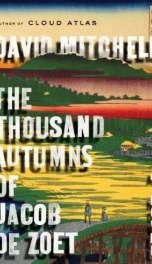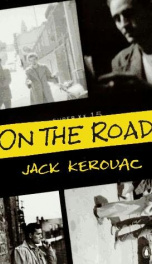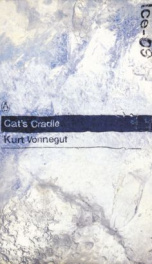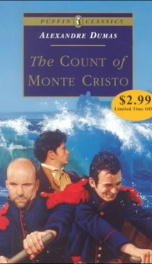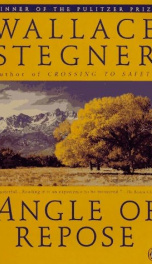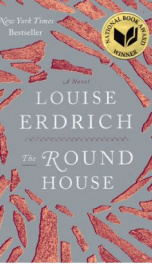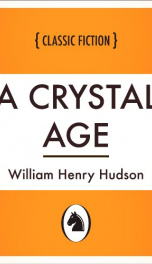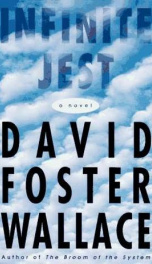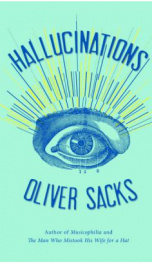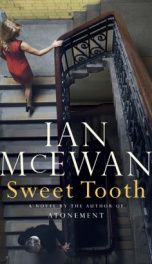Andrews Roy Chapman
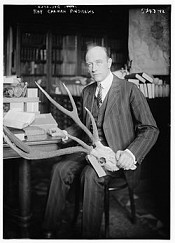
Roy Chapman Andrews (January 26, 1884 – March 11, 1960) was an American explorer, adventurer and naturalist who became the director of the American Museum of Natural History. He is primarily known for leading a series of expeditions through the fragmented China of the early 20th century into the Gobi Desert and Mongolia. The expeditions made important discoveries and brought the first-known fossil dinosaur eggs to the museum. Andrews was born on January 26, 1884, in Beloit, Wisconsin, at 419 St. Lawrence Avenue. As a child, he explored forests, fields, and waters nearby, developing marksmanship skills. He taught himself taxidermy and used funds from this hobby to pay tuition to Beloit College, where he was a member of Sigma Chi. On March 31, 1905, during his junior year in College, Andrews was boating on the Rock River in bad conditions when his craft capsized; his friend, Monty White, died in the cold waters, but Andrews survived. After graduation the following year, Andrews used some of his money saved from taxidermy to travel to New York City to find a job at the American Museum of Natural History. Told that there were no openings, Andrews took a job as a janitor in the taxidermy department and began collecting specimens for the museum. During the next few years, he worked and studied simultaneously, earning a Master of Arts degree in mammalogy from Columbia University. From 1909 to 1910, Andrews sailed on the USS Albatross to the East Indies, collecting snakes and lizards and observing marine mammals. In 1913, he sailed aboard the schooner Adventuress with owner John Borden to the Arctic. They were hoping to bag a bowhead whale specimen for the American Museum of Natural History. On this expedition, he filmed some of the best footage of seals ever seen, but they never got a whale. He married Yvette Borup in 1914. From 1916 to 1917, Andrews and his wife led the Asiatic Zoological Expedition of the museum through much of western and southern Yunnan, as well as other provinces of China. The book Camps and Trails in China records their experiences. In 1920, Andrews began planning for expeditions to Mongolia and drove a fleet of Dodge cars westward from Peking. In 1922, the party discovered a fossil of Indricotherium (then named "Baluchitherium"), a gigantic hornless rhinoceros, which was sent back to the museum, arriving on December 19. In the 1920s, he went to Mongolia, hoping to find out something about the origin of man. He didn't find out anything about man, but he discovered a treasure trove of dinosaur bones. During four expeditions in the Gobi Desert between 1922 and 1925, he discovered Protoceratops, a nest of Protoceratops eggs (later studies revealed them to be Oviraptor eggs), Pinacosaurus, Saurornithoides, Oviraptor and Velociraptor, none of which were known before. On July 13, 1923, the party was the first in the world to discover dinosaur eggs. Initially thought to belong to the ceratopsian Protoceratops, they were determined in 1995 to actually belong to the theropod Oviraptor [1]. Walter W. Granger discovered a skull from the Cretaceous period. In 1925, the museum sent a letter back informing the party that the skull was that of a mammal, and therefore rare and valuable; more were uncovered. Expeditions in the area stopped during 1926 and 1927. In 1928, the expedition's finds were seized by Chinese authorities but were eventually returned. The 1929 expedition was cancelled. In 1930, he made one final trip and discovered some mastodon fossils. (Sixty years after Andrews' initial expedition, the American Museum of Natural History returned to Mongolia on the invitation of its government to continue exploration.) Later that year, Andrews returned to the United States and divorced his wife, with whom he had two sons. In 1927, the Boy Scouts of America made Andrews an Honorary Scout, a new category of Scout created that same year. This distinction was given to "American citizens whose achievements in outdoor activity, exploration and worthwhile adventure are of such an exceptional character as to capture the imagination of boys...". [1] Andrews joined The Explorers Club in New York in 1908, four years after its founding. He later served as its President from 1931 to 1934. In 1934, Andrews became the director of the museum. In his 1935 book The Business of Exploring, he wrote "I was born to be an explorer...There was never any decision to make. I couldn't do anything else and be happy." In 1942, Andrews retired to Carmel-by-the-Sea, California, where he wrote about his life and died in 1960. He is buried in Oakwood Cemetery in his hometown of Beloit. Douglas Preston of the American Museum of Natural History wrote: Although many sources claim that Andrews was the inspiration for Indiana Jones, neither George Lucas nor the other creators of the films have ever confirmed this. The 120-page transcript of the story conferences for the movie does not mention Andrews. [3] An analysis by the Smithsonian Channel concludes that the linkage was indirect, with Andrews (and other explorers) serving as the model for heroes in adventure films of the 1940s and 1950s, who in turn inspired Lucas and his fellow writers. [4] Books listed on Worldcat [5]
do you like this author?
What readers are saying
What do you think? Write your own comment on this book!
write a commentWhat readers are saying
What do you think? Write your own comment on this author!
write a commentBook list

Across Mongolian PlainsA Naturalist's Account of China's 'Great Northwest'
Series:
Unknown
Year:
Unknown
Raiting:
4.5/5
Show more
add to favoritesadd In favorites

Camps and Trails in ChinaA Narrative of Exploration,Adventure,and Sport in Little-Known China
Series:
Unknown
Year:
Unknown
Raiting:
3.5/5
Show more
add to favoritesadd In favorites

Camps and Trails in China
Series:
Unknown
Year:
Unknown
Raiting:
1/5
The object of this book is to present a popular narrative of the Asiatic Zoological Expedition of the American Museum of Natural History to China in 1916-17.
Show more
add to favoritesadd In favorites
Book list

Across Mongolian PlainsA Naturalist's Account of China's 'Great Northwest'
Series:
Unknown
Year:
Unknown
Raiting:
4.5/5
Show more
add to favoritesadd In favorites

Camps and Trails in ChinaA Narrative of Exploration,Adventure,and Sport in Little-Known China
Series:
Unknown
Year:
Unknown
Raiting:
3.5/5
Show more
add to favoritesadd In favorites

Camps and Trails in China
Series:
Unknown
Year:
Unknown
Raiting:
1/5
The object of this book is to present a popular narrative of the Asiatic Zoological Expedition of the American Museum of Natural History to China in 1916-17.
Show more
add to favoritesadd In favorites
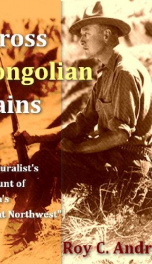
Across Mongolian Plains
Series:
Unknown
Year:
Unknown
Raiting:
3.5/5
Roy Chapman Andrews decided to share his impressions and experience after his traveling to Mongolia and North China and the book called Across Mongolian Plains appeared. It was written not from scientific point of view but for the sight of an ordinary person who meets new people, sees new places, opens new facts with his views being changed. The author understands that not everyone in this world could experience the same so he opened the eyes of readers on such place as Asia. We all know that it is Asia is one of the most fascinating place in the world with many mysteries hidden there. Here we can encounter mountains and valleys, fascinating forms of wildlife and amazing landscapes, as well as interesting people with their own traditions and believes, spirit and mysteries.
Show more
add to favoritesadd In favorites
What readers are saying
What do you think? Write your own comment on this author!
write a commentif you like Andrews Roy Chapman try:
readers also enjoyed
What readers are saying
What do you think? Write your own comment on this author!
write a commentGenre
if you like Andrews Roy Chapman try:
readers also enjoyed
Do you want to read a book that interests you? It’s EASY!
Create an account and send a request for reading to other users on the Webpage of the book!

